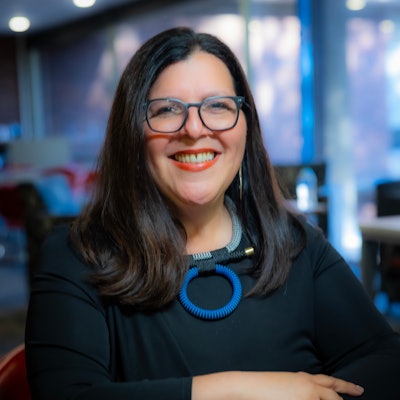Hispanic Serving Institutions (HSIs) offer more upward mobility for their students when compared to Predominantly White Institutions (PWIs), despite having fewer resources.
By examining a decade’s worth of data, including what percentage of students see at least one economic quintile jump after graduation, Rutgers University’s Center for Minority Serving Institutions (MSIs) has reemphasized the critical role that HSIs play in creating access and opportunity for all their students, including their Latinx population, in their new report, Generational Jumps? How HSIs Promote Upward Mobility.
 Dr. Marybeth Gasman, executive director of the Center for MSIs (CMSI) at Rutgers University.
Dr. Marybeth Gasman, executive director of the Center for MSIs (CMSI) at Rutgers University.
“Institutions should really take a look at the strategies that HSIs are using to support low-income, high-needs student groups,” said Gasman. “HSIs are also educating large numbers of African Americans and Asian Americans, and significant numbers of white students from lower-income families.”
To qualify as an HSI, an institution’s student population must meet a minimum threshold of at least 25% Latinx. To receive federal Title V funding, set aside for HSIs, institutions must prove they will use the funds to support their Latinx students. The findings reflect the institutional impact on all students, however, not just their Latinx populations.
The report is a companion to Rutgers’s 2019 report on Historically Black Colleges and Universities (HBCUs), which revealed similar results—that these MSIs, while being under-resourced and under-acknowledged in such rankings systems like U.S. News and World Report, can produce dramatic economic turnaround and opportunities for their students as compared to more well-funded and well-recognized PWIs.
 Dr. Rebecca Perdomo, senior research associate with CMSI and the Samuel D. Proctor Institute for Leadership, Equity, and Justice at Rutgers University.
Dr. Rebecca Perdomo, senior research associate with CMSI and the Samuel D. Proctor Institute for Leadership, Equity, and Justice at Rutgers University.





















